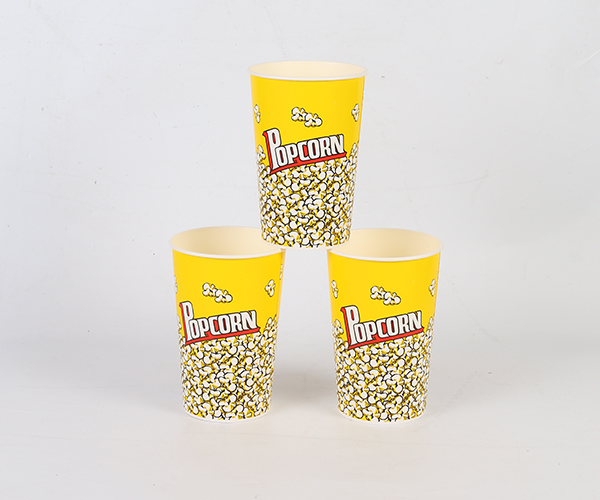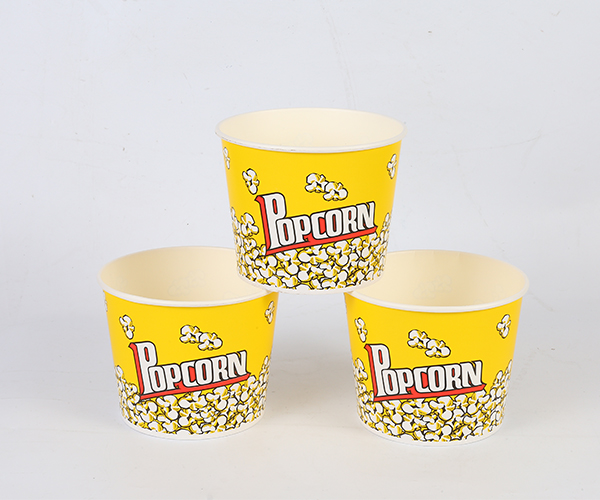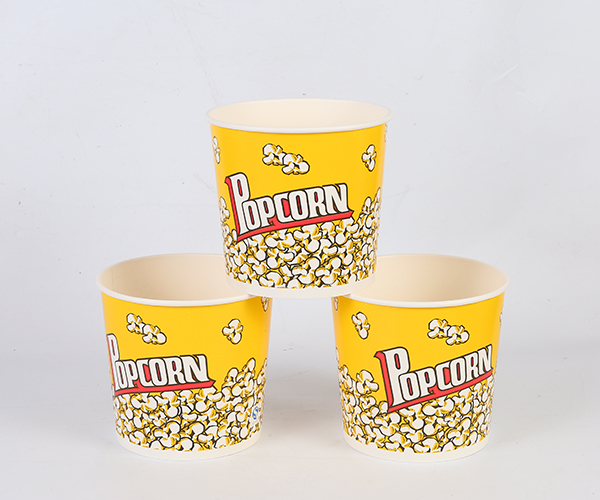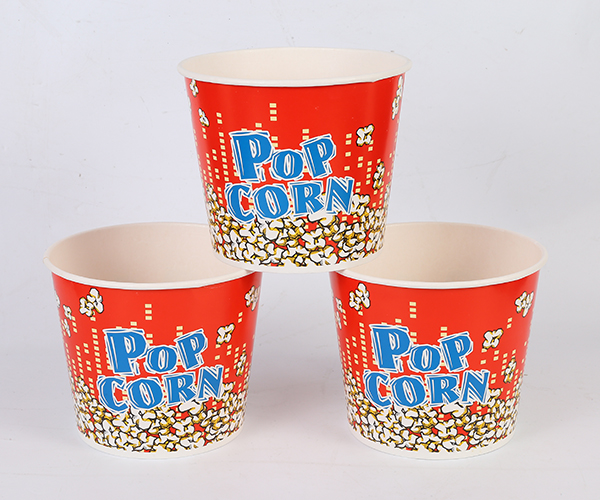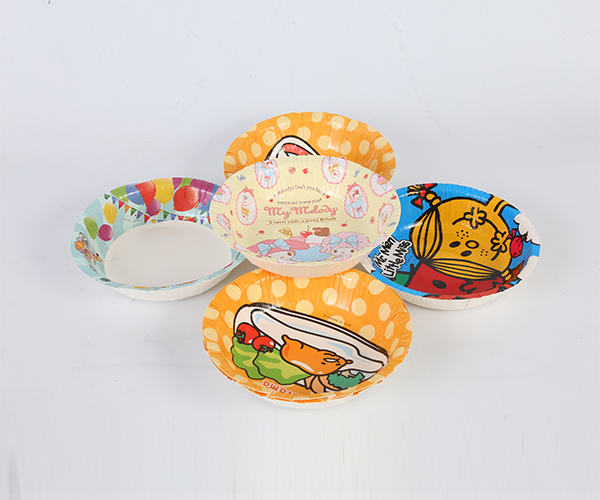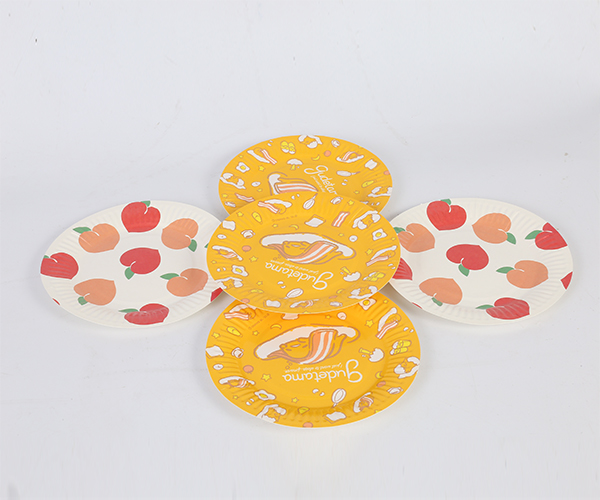Material Source and Biodegradability
One of the key differences between a Disposable Paper Cup and a plastic cup lies in their raw materials. Paper cups are primarily made from renewable resources such as wood pulp, while plastic cups are derived from petroleum-based materials like polypropylene or polystyrene. This fundamental difference influences how these products interact with the environment after disposal. A paper cup, though often lined with a thin plastic or PLA film, tends to break down more easily under composting or natural conditions. In contrast, a plastic cup may take hundreds of years to decompose and often remains in the environment as microplastic.
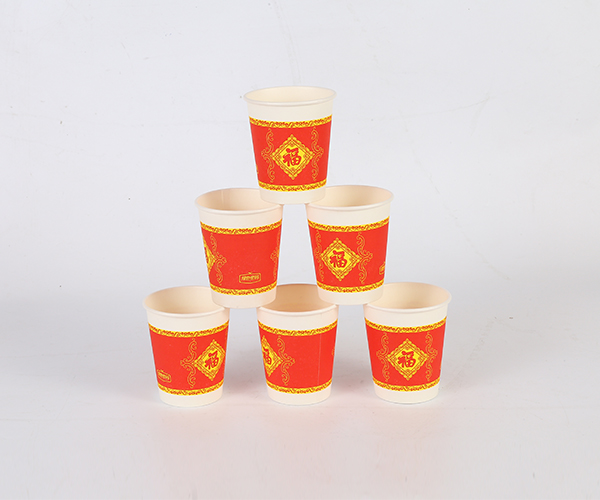
Recyclability and Waste Management Challenges
While both paper and plastic cups are technically recyclable, the reality is more complex. Many Disposable Paper Cups are coated with polyethylene or other waterproof linings that make them difficult to separate and recycle in standard facilities. This often results in paper cups being sent to landfills despite their biodegradable outer shell. On the other hand, plastic cups made of single resins are easier to recycle if properly sorted, but they are frequently contaminated or discarded improperly. Neither option is good in terms of recycling, but the infrastructure for handling plastic is more established, while paper cups require specialized processes for effective recovery.
Carbon Footprint in Production and Transport
From a manufacturing standpoint, paper cups generally have a higher carbon footprint than plastic cups due to the energy-intensive processes involved in pulping wood, bleaching, and forming the cup. They are also heavier and bulkier, which causes higher emissions during transportation. Plastic cups, although made from fossil fuels, are lighter and require less energy to produce per unit. However, this advantage is somewhat offset by the environmental toll of petroleum extraction and the long-term persistence of plastic waste. Ultimately, the production-related emissions favor plastic slightly, but this must be weighed against end-of-life outcomes.
Post-Consumer Impact on Ecosystems
When disposed of improperly, both types of cups can cause environmental harm, but the long-term effects differ greatly. A paper cup, especially one with compostable lining, will disintegrate more readily in natural environments and poses less danger to wildlife. In contrast, plastic cups can linger in oceans, rivers, and soil for decades, contributing to pollution and threatening marine and terrestrial life. This extended environmental footprint gives paper cups a notable advantage in terms of ecological safety, especially when not managed through formal waste systems.
Innovations and Sustainable Alternatives
Recent innovations in eco-friendly packaging have introduced compostable paper cups with PLA or water-based coatings that improve both recyclability and biodegradability. Meanwhile, the plastic industry has explored biodegradable plastics and improved recycling techniques. However, these technologies are not yet widespread or consistent in performance. Consumers seeking the sustainable option may prefer paper cups that are certified compostable or made from recycled materials, while businesses may consider reusable alternatives for both environmental and cost benefits over time.
Consumer Behavior and Usage Habits
The environmental impact of either cup type also depends heavily on how consumers use and dispose of them. A Disposable Paper Cup is more likely to be seen as eco-conscious, but improper disposal can undermine its benefits. Similarly, plastic cups may be reused multiple times if kept clean, slightly reducing their impact per use. Education on proper sorting, use of composting systems, and support for circular economies are critical in improving the environmental advantages of either product.
Conclusion: Paper Cups Offer Greater Environmental Promise if Properly Managed
In summary, while both a Disposable Paper Cup and a plastic cup have environmental trade-offs, paper cups offer a more sustainable end-of-life potential due to their biodegradability and renewable sourcing. Despite higher production emissions and recycling challenges, paper cups are less harmful to ecosystems and decompose more naturally. When supported by improved waste infrastructure and conscious disposal, paper cups stand out as the more environmentally responsible option.


 English
English 中文简体
中文简体
